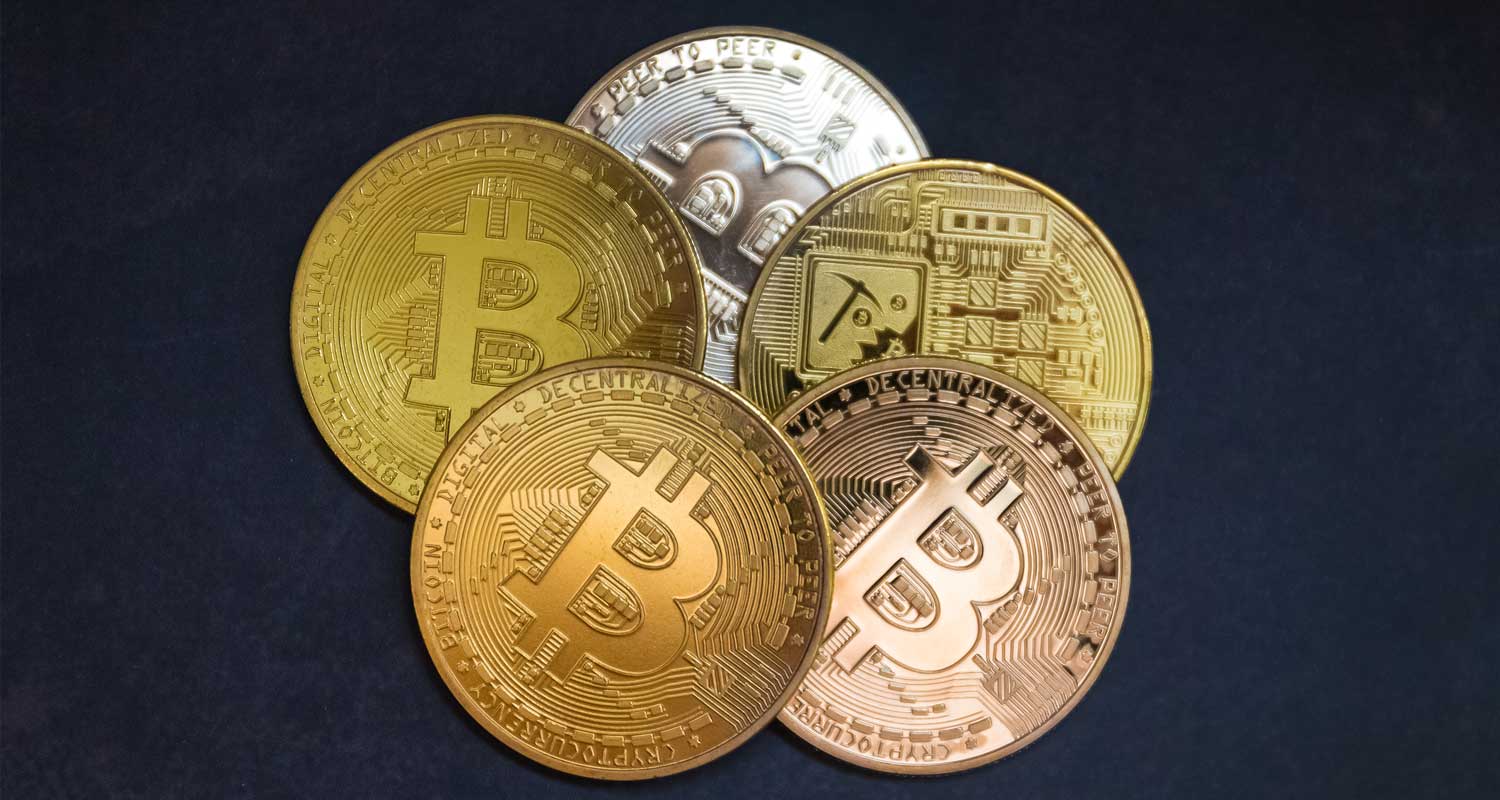Investors shelter in short-term Treasuries, reducing Bitcoin’s chance of rallying to $30,000

The price of Bitcoin (BTC) passed $28,000 on March 21, but according to two derivatives traders aren’t too ecstatic after a 36% gain in eight days. Looking beyond Bitcoin’s stellar performance, there are reasons why investors are not entirely confident of further price upside. The recent rescue of Credit Suisse, a 167-year-old leading Swiss financial institution, is proof that the current global banking crisis may not be over.
On March 19, Swiss authorities announced that UBS had agreed to buy rival Credit Suisse in an “emergency rescue” merger to avoid further market-shaking turmoil in the global banking sector. The transaction could benefit from more than $280 billion in state and central bank support, equivalent to a third of Switzerland’s GDP. Unfortunately, there is no way to portray this agreement as reassuring or as a sign of strength from financial institutions, including central banks.
The same can be said of the emergency credit lifeline provided by the US Treasury Department to protect the banking sector and boost FDIC reserves. The “Bank Term Funding Program” (BTFP) launched on March 12 marked a return to the Fed’s liquidity injections, reversing the trend that began in June 2022, when the Federal Reserve began monthly asset sales.
The global banking crisis caused the Federal Reserve to abandon its inflation control policy
By lending $300 billion in emergency funds to banks, the Fed completely reversed its strategy to curb inflation, which has been above 5% year-on-year since June 2021, while the target is 2%. This strategy, known as tightening, included raising interest rates and reducing the $4.8 trillion in assets the Federal Reserve accumulated from March 2020 to April 2022.
On March 20, First Republic Bank (FRB) saw its credit rating downgraded further to junk status by S&P Global, adding to the stress in US regional banks. According to the risk agency, the lender’s recent deposit of $30 billion from 11 major banks may not be enough to solve the FRB’s liquidity problems.
Investors in cryptocurrencies always expect a disconnection from the traditional markets. Nevertheless, there are few justifications for an award at the moment, especially if they come from companies, mutual fund managers or wealthy investors. Historically, investors tend to hoard cash positions or short-term government debt instruments during downturns to sustain day-to-day operations and possibly used to buy bargains.
The yield on 6-month US Treasuries, for example, has fallen from 5.33% on March 9 to 4.80% on March 20. As investors prepare for the impact of inflation, recession or both, this development indicates greater demand for short-term instruments. The change since March 9 reversed the entire movement from 2023, with the indicator ending 2022 at 4.77%.
Let’s examine Bitcoin derivatives calculations to determine the current market position of professional traders.
Bitcoin derivatives show a balanced demand for long and short positions
Quarterly bitcoin futures are popular with whales and arbitrage desks, which typically trade at a small premium to spot markets, indicating sellers are asking for more money to delay settlement for a longer period.
As a result, futures contracts in healthy markets should trade at a premium of 5% to 10% on an annual basis – a situation known as contango, which is not unique to crypto markets.
Since March 15, the BTC futures premium indicator has remained unchanged at 2.2%, indicating no further demand from leveraged buying activity. Figures below 5% indicate pessimism, which is not what one would expect after gains of 36% in eight days.
The absence of demand for leveraged longs does not necessarily mean a price decline. As a result, traders should examine Bitcoin’s options markets to determine how whales and market makers value the probability of future price movements.
25% delta bias is a clear sign that shows when market makers and arbitrage tables are overcharging for upside or downside protection. In bear markets, option investors place higher odds on a price dump, causing the bias indicator to rise above 8%. On the other hand, bullish markets tend to drive the bias metric below -8%, meaning the bearish put options are less in demand.
Delta bias crossed the neutral -8% threshold on March 19, indicating moderate optimism as neutral-to-bullish call options were in demand. However, the excitement did not last long, as the 25% bias indicator is currently at -8%, which is the edge of a balanced situation. Nevertheless, it is the opposite of the previous week, when the bias reached 12% on March 13.
Ultimately, professional Bitcoin traders are not bullish above $26,000. This is not necessarily a bad thing, but unless crypto investors regain confidence, the chances of the cryptocurrency surpassing $30,000 remain extremely slim. The potential complete collapse of the banking system will cause investors to flee to safety rather than seek out risk.
This article does not contain investment advice or recommendations. All investment and trading moves involve risk and readers should conduct their own research when making a decision.
The views, thoughts and opinions expressed herein are those of the authors alone and do not necessarily reflect or represent the views and opinions of Cointelegraph.

























